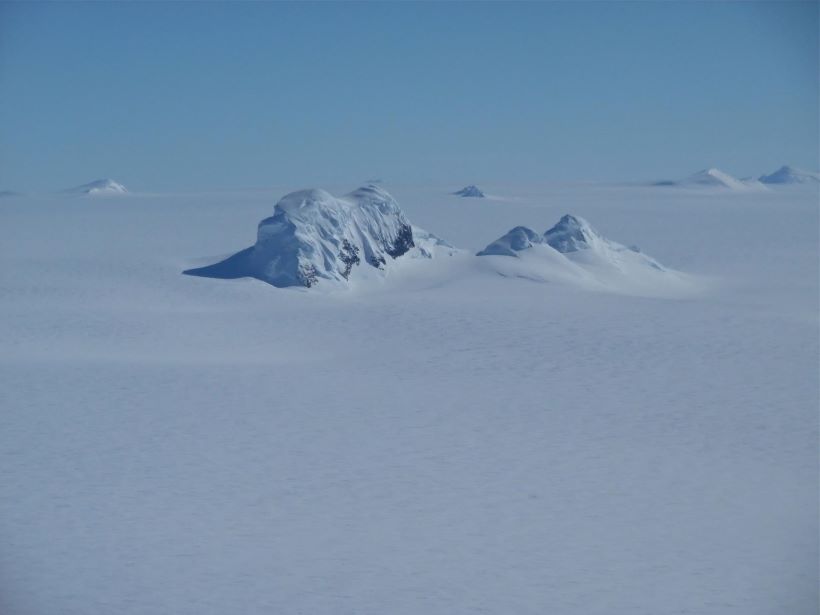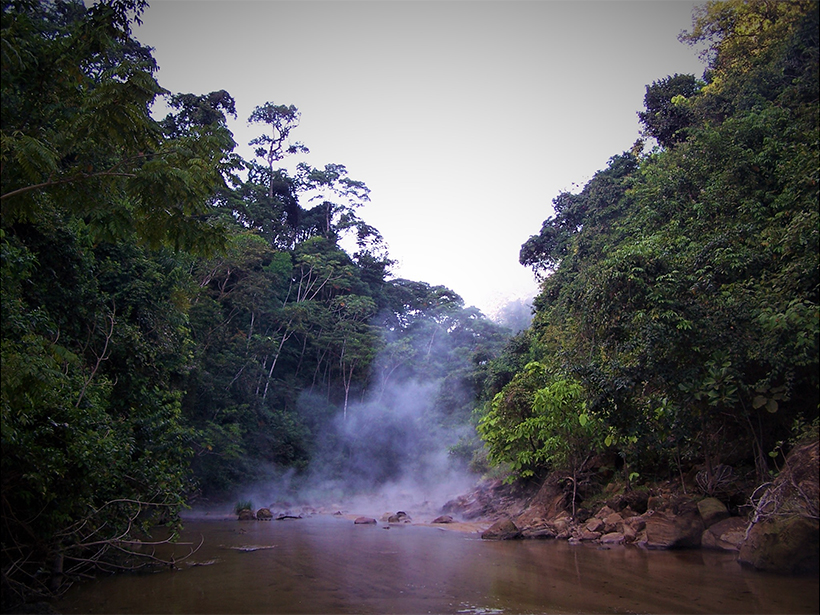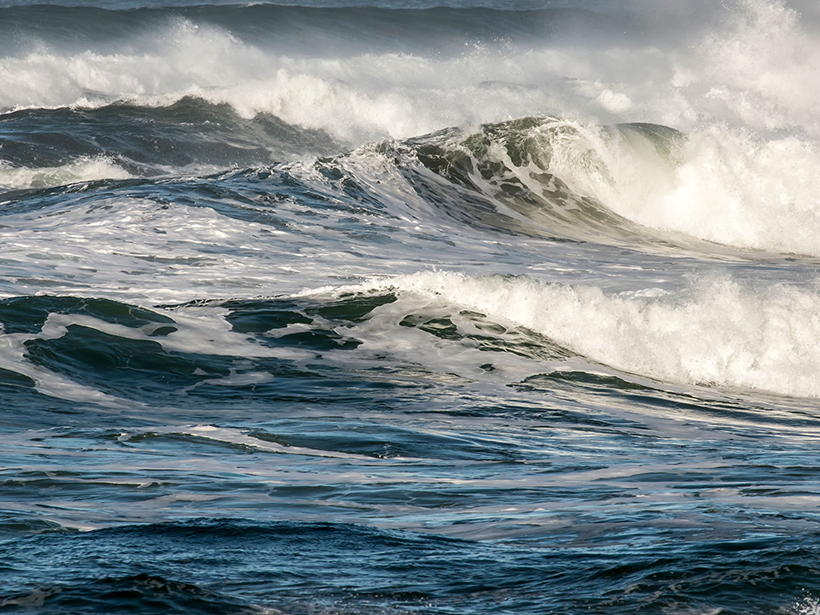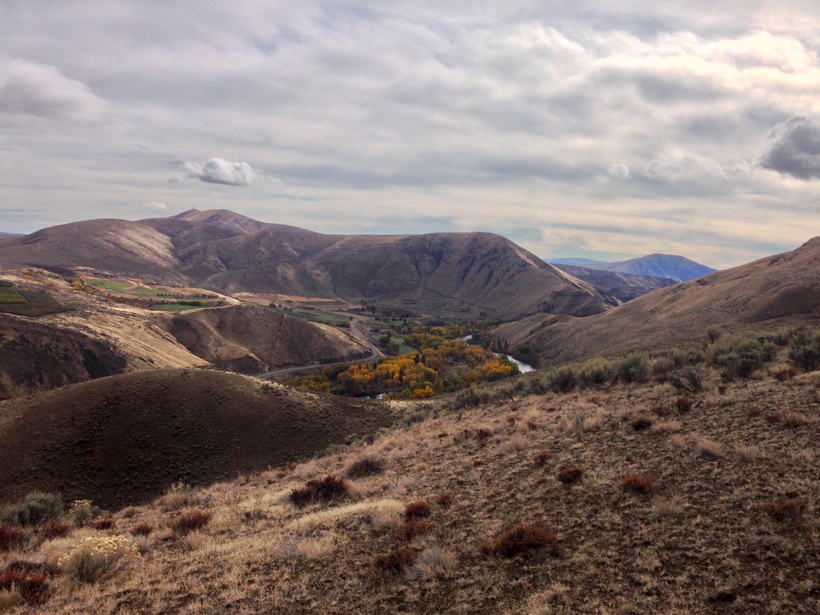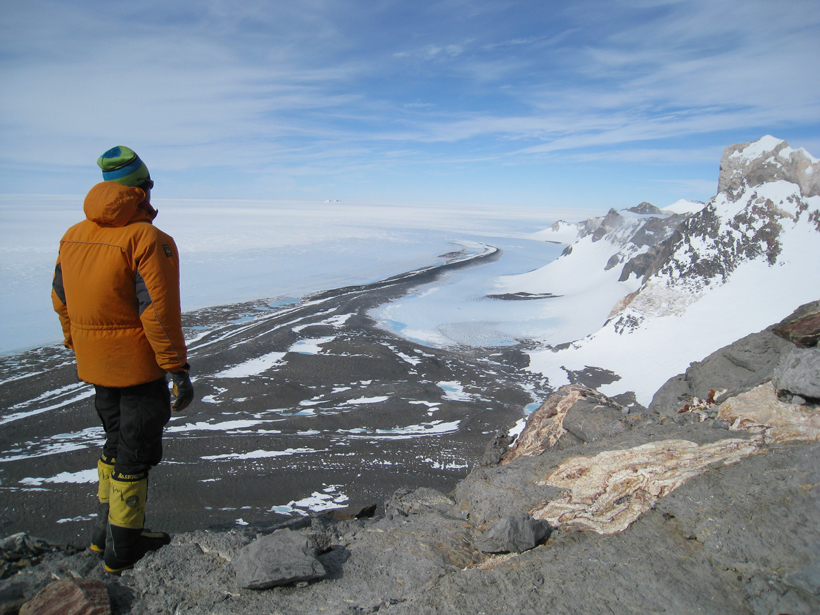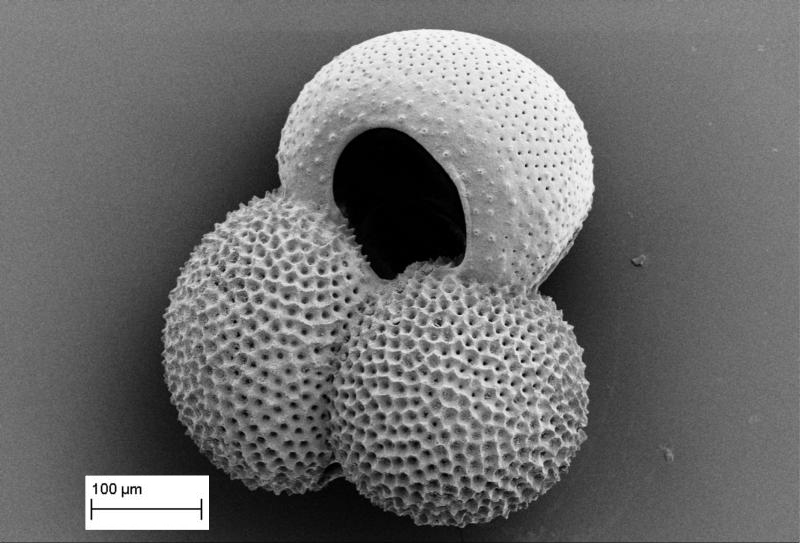Scientists are still seeking an explanation for the Mid-Pleistocene Transition when ice ages became longer in duration and exploring what it may mean for future climate change.
Pleistocene
Finding Prehistoric Rain Forests by Studying Modern Mammals
Mammal teeth store a record of the plants they ate, providing clues about the ecosystems in which they lived.
Japan Puts Its Mark on Geologic Time with the Chibanian Age
The newly named period in the Pleistocene identifies a key moment in geological history: the last time Earth’s magnetic poles switched places.
Oceans Vented Carbon Dioxide During the Last Deglaciation
A new boron isotope record from South Pacific marine sediments offers a more complete picture of ocean-atmosphere carbon dioxide exchange during the late Pleistocene.
Scraping Bottom: Iceberg Scours Reveal North Atlantic Currents
A 3-D seismic analysis of Pleistocene iceberg gouges indicates that surface currents in the Norwegian Sea flowed northward and remained consistent during numerous glacial cycles.
Constraining Central Washington’s Potential Seismic Hazard
Fault geometry and slip rate analyses show deformation in the Yakima Fold Province accelerated in the Pleistocene and has remained elevated, offering new insights into earthquake recurrence intervals.
Pleistocene Rocks Tell Tale of Past Ice Sheet Melting
Researchers examine evidence from a past interglacial period to predict sea level rise in the future.
What Drove Sea Surface Temperature Change During the Pleistocene?
New information suggests that atmospheric carbon dioxide concentration was just one of the main drivers of warming sea surface temperatures in the Pleistocene.

